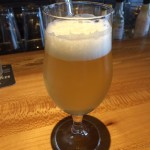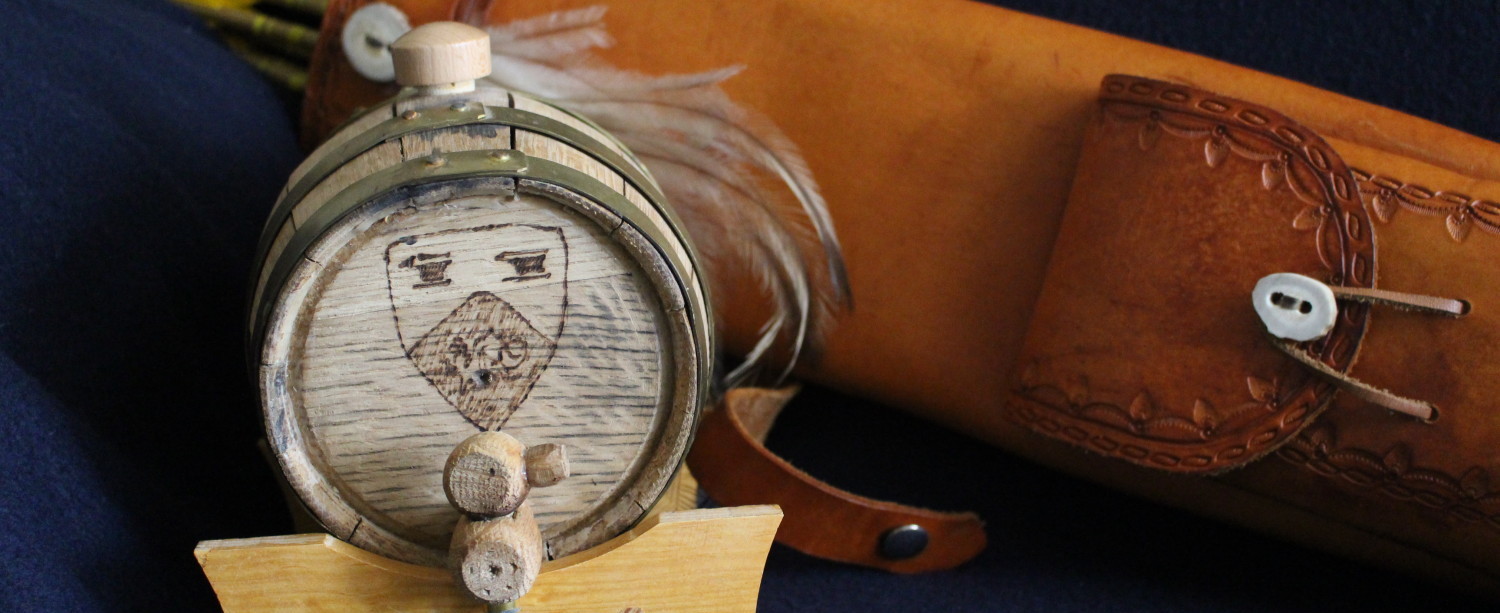Adventures in Yeast V
These are exciting times for those of us who are interested in brewing yeasts. It seems like just yesterday (actually it was several years ago) that I became interested in the transition from primarily using ale yeasts for brewing (S. cerevisiae) to also using yeasts that have the ability to ferment at cold temperatures (lager yeasts named S. pastorianus). It appears that this transition occurred sometime in the 15th or 16th century in Europe (probably Bavaria or Bohemia). Eventually, lager yeasts became the primary vehicle fueling a multi-billion dollar brewing business worldwide. After a summary of our current knowledge about lager yeast, I’ll come back to the significance of this current situation for the brewing enthusiast.
So, what do we know at this point in time regarding the development of cold fermentation? The preponderance of evidence suggests that traditional ale yeasts (S. cerevisiae) were hybridized by a yeast that was likely carried to Europe from the Far East and/or the New World. That yeast, S. eubayanus, has not yet been isolated in the wild in Europe. This hybridization produced a yeast that was significantly more cryrotolerant and fermented wort in temperatures as low as 5 degrees. The hybrid has been called S. pastorianus or S. carlsbergensis; the former being the preferred moniker.
Genetic analysis suggests that the most popular lager yeasts resulted from two distinct hybridization events producing two distinct genotypes and some phenotypic differences as well. One strain, called Saaz (Group I) is an allotriploid (3 sets of chromosomes) that can ferment at low temperatures but is a bit less efficient in its utilization of some fermentables compared to the other strain. That other strain called Frohberg (Group II) is an allotetraploid (4 sets of chromosomes) and it ferments at slightly higher temperatures, utilizes some fermentable sugars more efficiently, and is the most commonly used lager yeast by commercial brewers (see my post, Adventures in Yeast IV for more details). After the initial hybridizations, these yeasts were subjected to selective pressures by brewers whereby shaping these hybrids into the yeasts we used today.
Complete genetic sequencing of these lager yeast strains is providing even more insight into their genotypes (genetic makeup) and phenotypes (fermenting characteristics). It appears that over the 500 or so years since the original hybridizations considerable variation in genotype has occurred. A very recent publication by Marcel van den Broek and his colleagues (2015) attempted to demonstrate the genotype diversity of some lager yeasts and to link this diversity to differences in yeast (phenotype). What did van den Broek et al. find?
The strains tested by van den Broek et al. showed considerable aneuploidy (missing components of chromosomes). In humans, this condition would usually result in a miscarriage or significant physical and/or psychological abnormalities. Yeast, however, seem to be able to tolerate this condition to a greater degree. What causes this aneuploidy? Van den Broek, et al. suggested that it is related to the selective pressures applied by brewers over the centuries. Because lager yeasts have never been isolated in the wild, they are mostly products of human activity, in this case, the variety of brewing practices to which the yeast were subjected.
Van den Broek, et al. investigated possible phenotypic and taxonomic implications of their work. They found that the genotype of some lager yeast have connections to diacetyl production and flocculation properties; two characteristics of yeast that interest brewers. Additionally, significant differences emerged in their study with respect to chromosome and gene copy numbers of lager yeasts. The differences were consistent with the two lager yeast groups (Group I vs Group II). Van den Broek, et al. suggested that these quantifiable differences might be the basis for different species names. We’ll see what happens in future research.
Finally, in what may be an important point of interest to those of us who would like more information on the early history of lager yeast, van den Broek, et al. (2015) postulate that research such as theirs may provide insight into how lager yeasts developed such diversity and the role of human domestication during their evolution.
What does this mean for the homebrewer and craft brewing industry? Home brewers and the craft brewing industry have tended to focus on the production of ales. Commercially available ale yeasts tend to outnumber lager yeasts by quite a bit. The Wyeast Labs website lists about 3 times as many ale yeasts as compared to the number of lager yeasts. Will our emerging knowledge of lager yeasts lead to development of new strains that will provide us with the ability to explore previously untapped beer characteristics? It’s hard to say at this point. But, a study that I will describe in my next post may give us some hints.
Link to Adventures in Yeast Part VI.
Reference


Really interesting, Dave. I guess the practical and mechanical issues involved with lager brewing will be the key factor for most home brewers until very inexpensive and widely available refrigeration becomes available to the home brewers of the world. I guess that could be another reason for preponderance of ale yeast strains. When the demand goes up, so will the supply (Ouch, that sounds a little to Reaganomical for comfort).
Pingback:Adventures in Yeast IV | Casks and Quivers
Pingback:Adventures in Yeast VI | Casks and Quivers